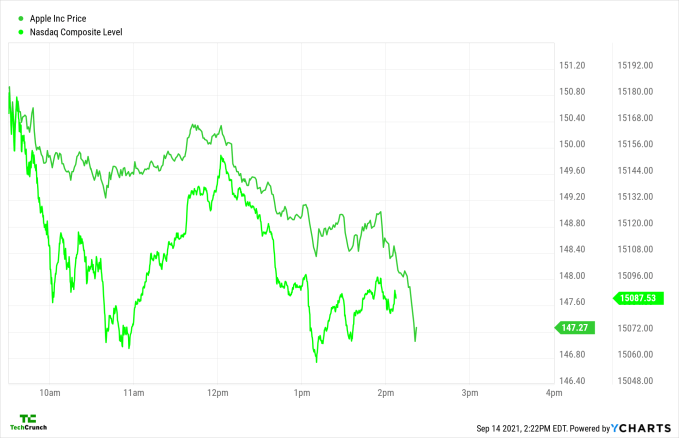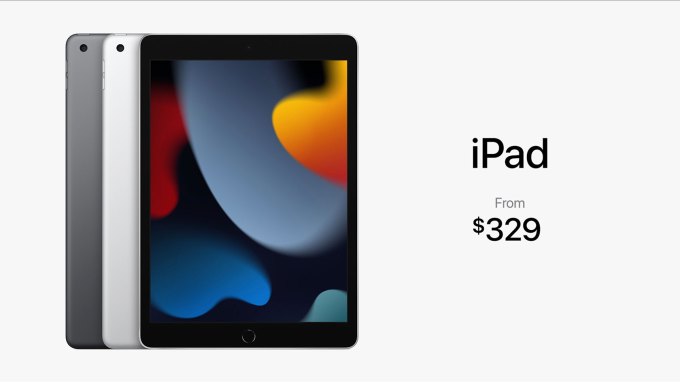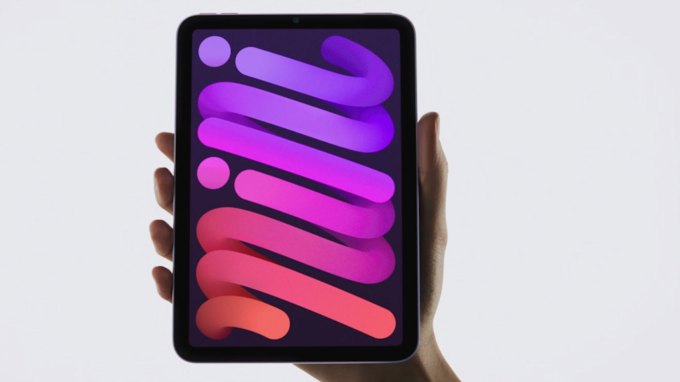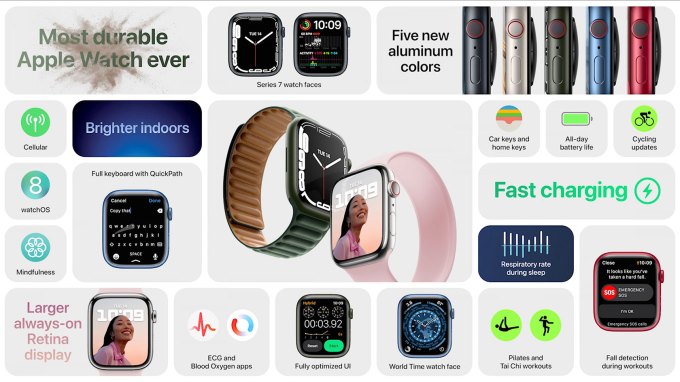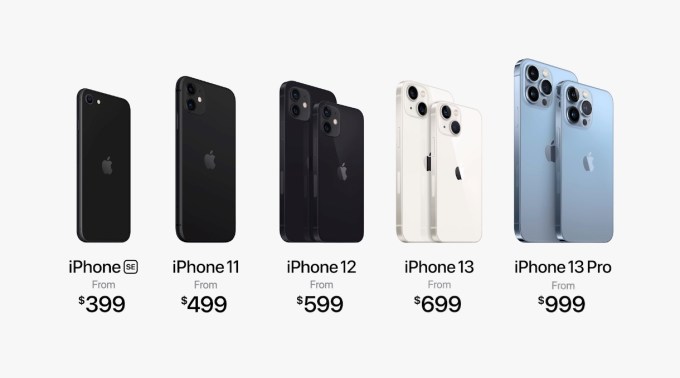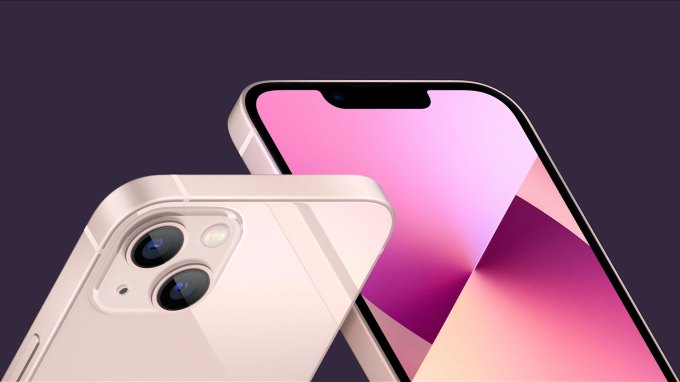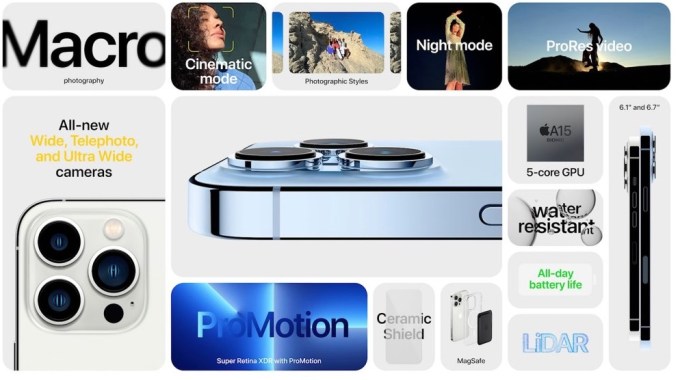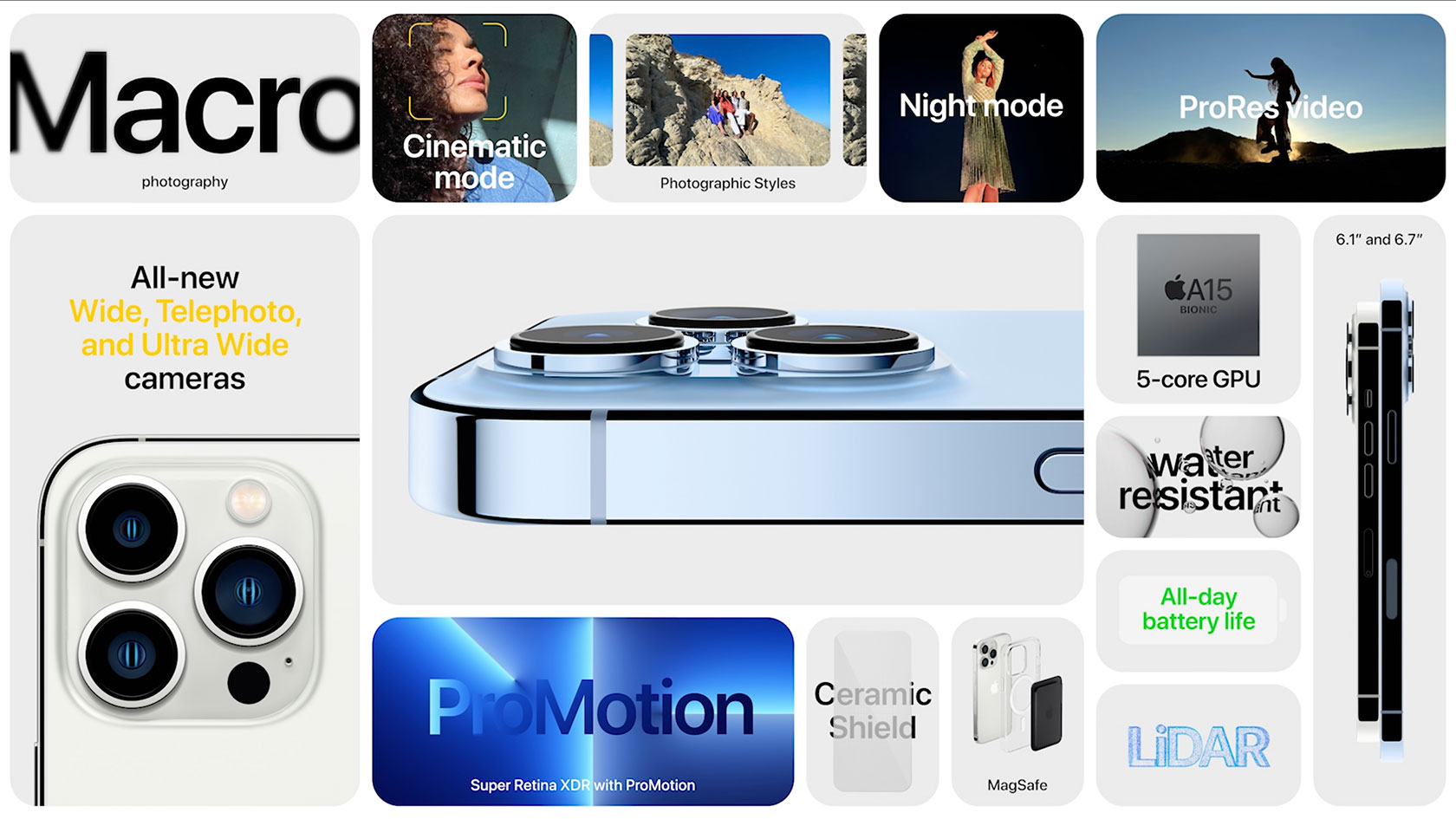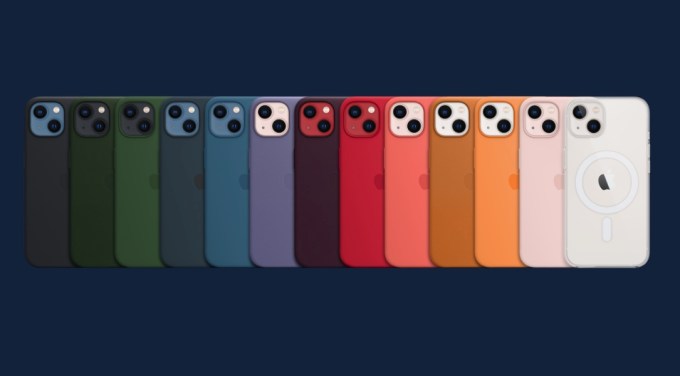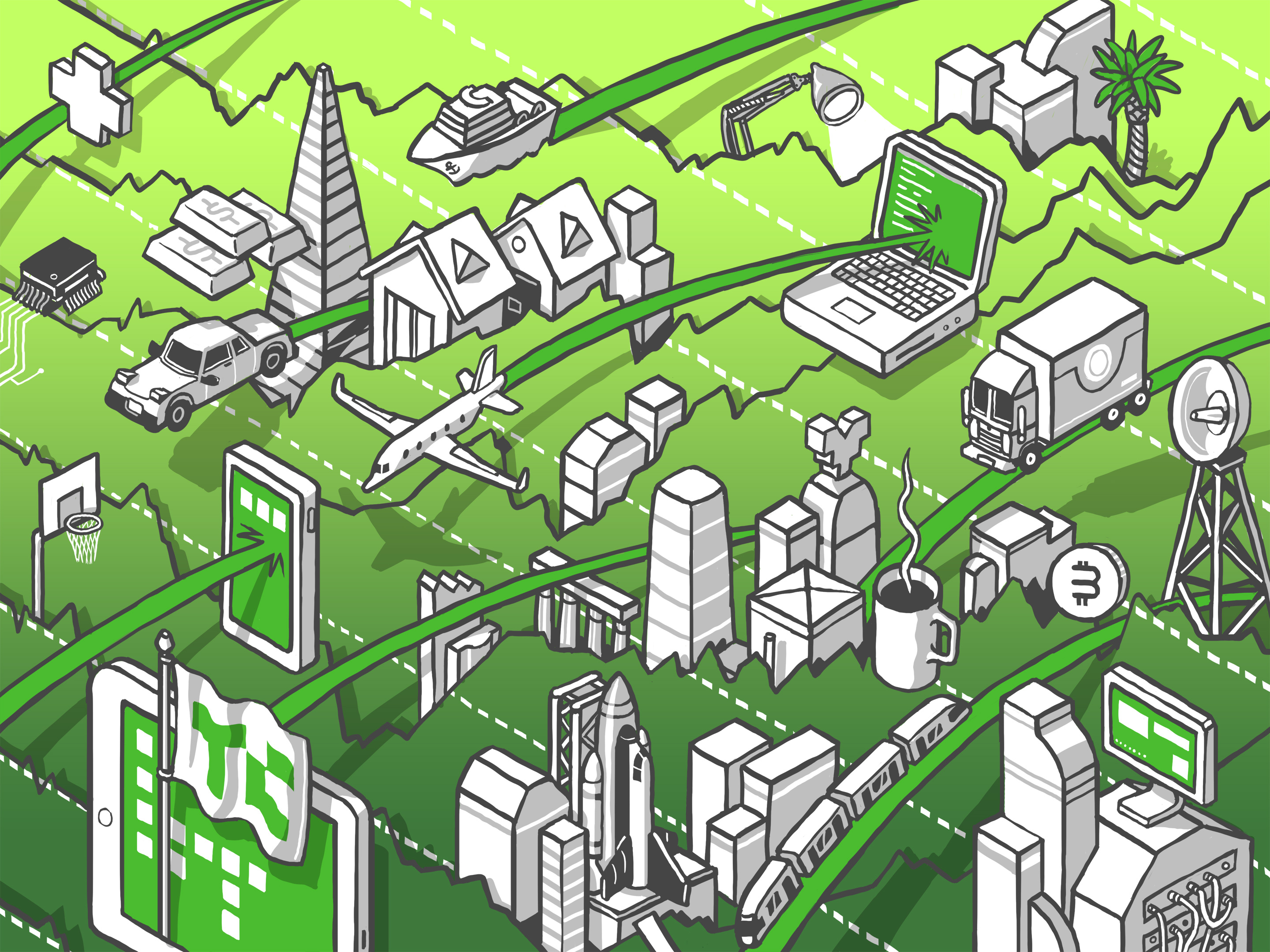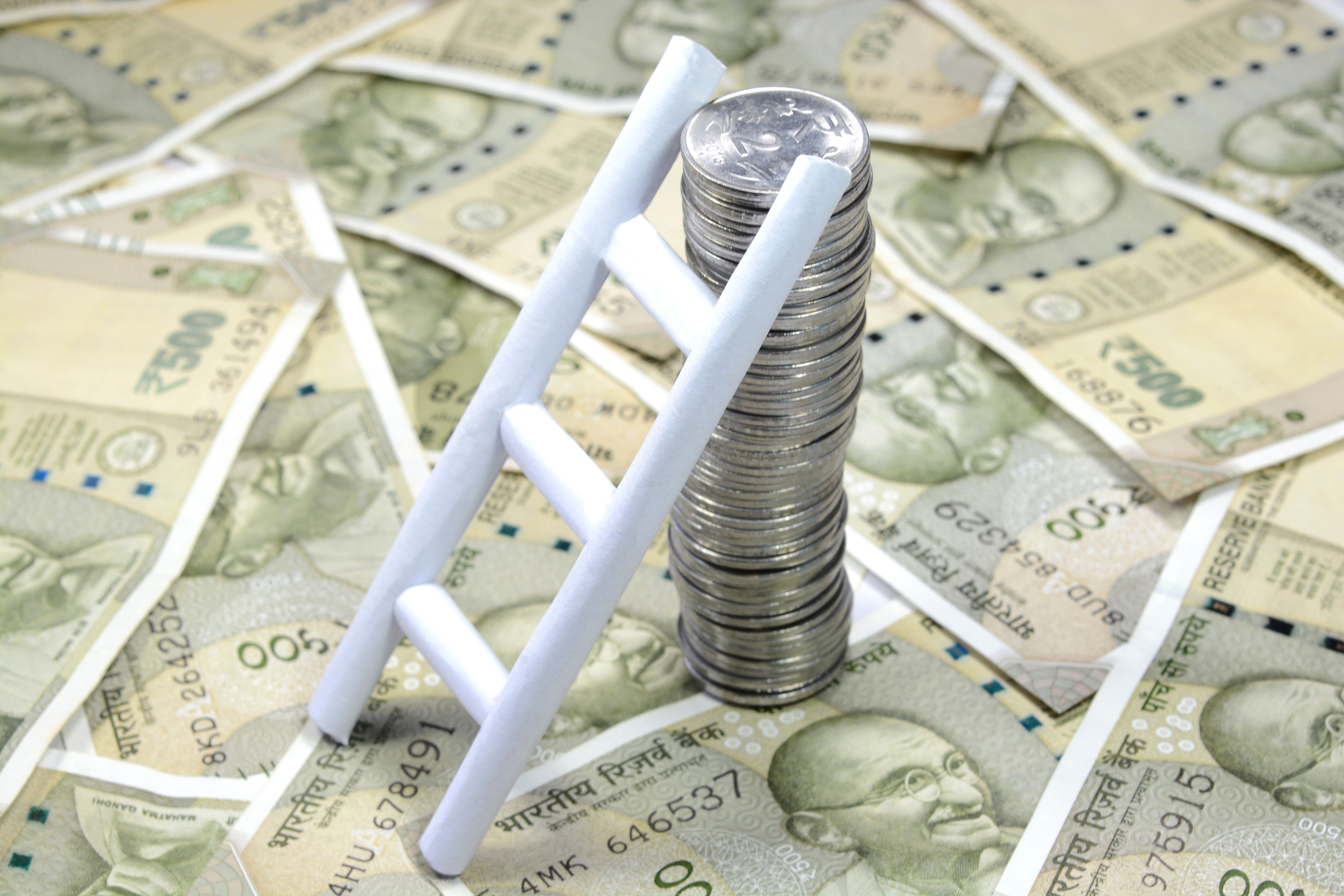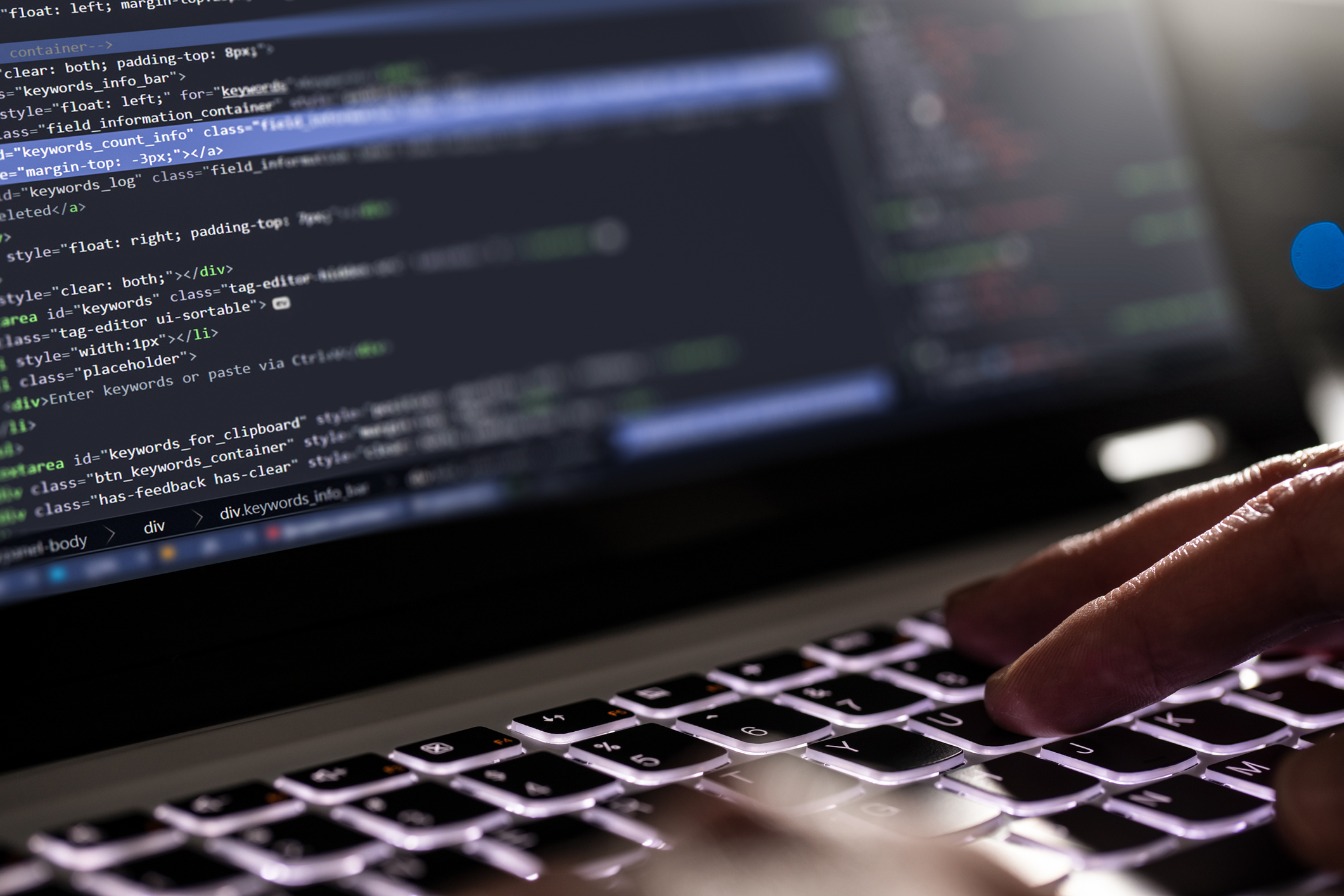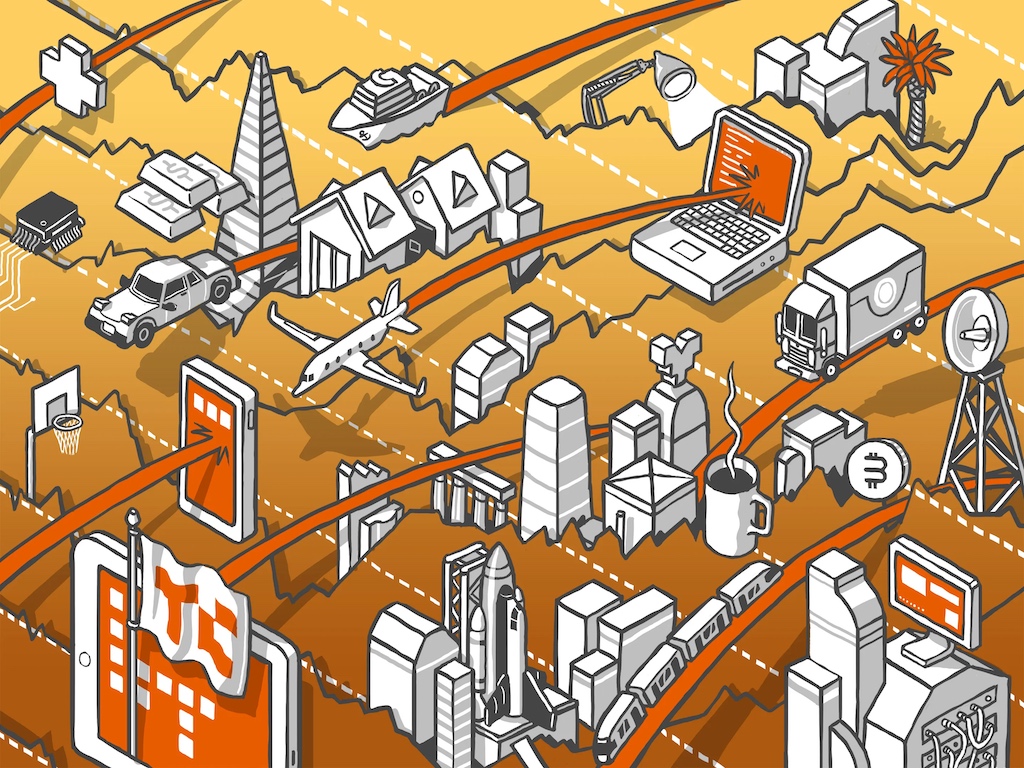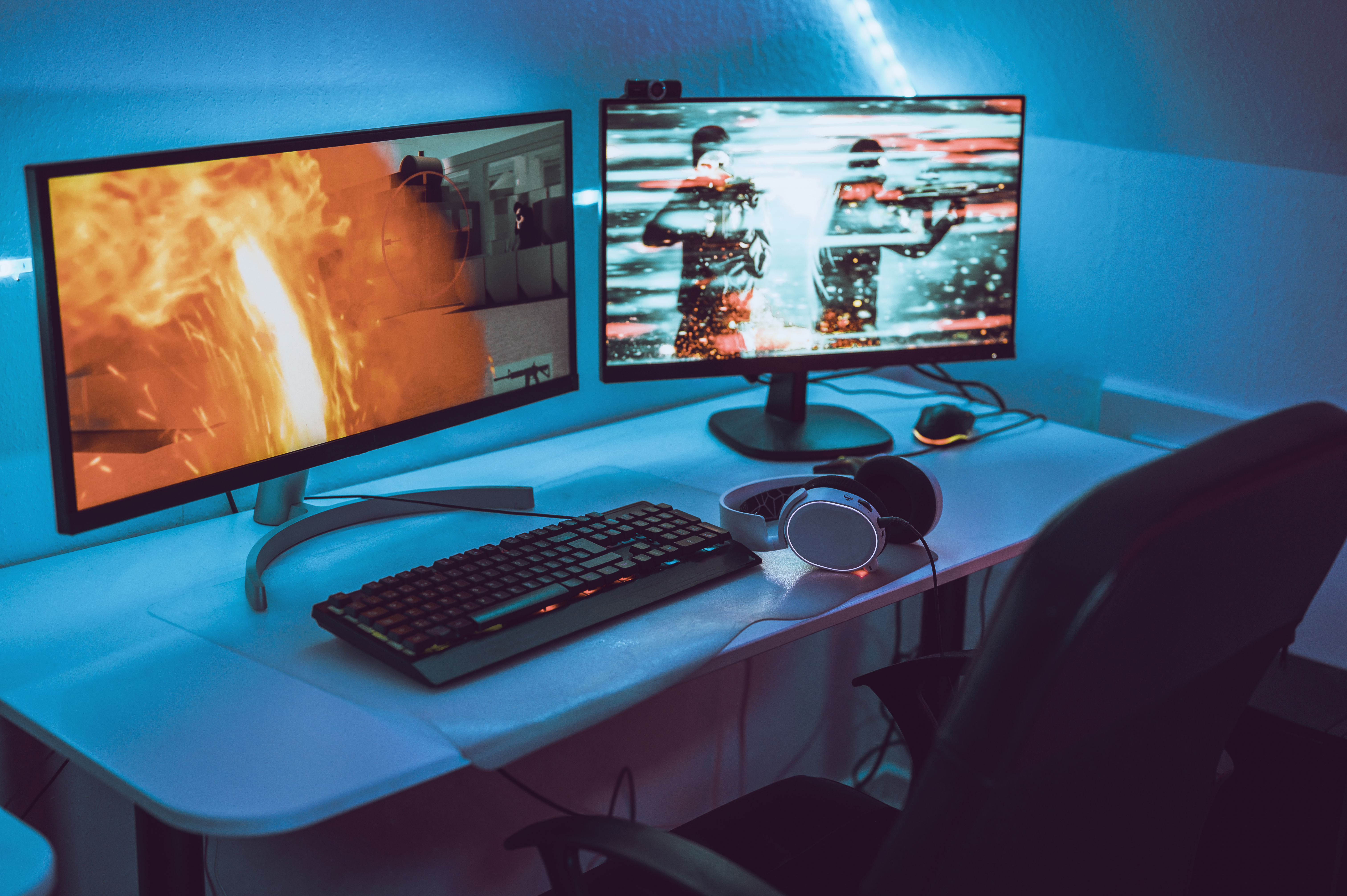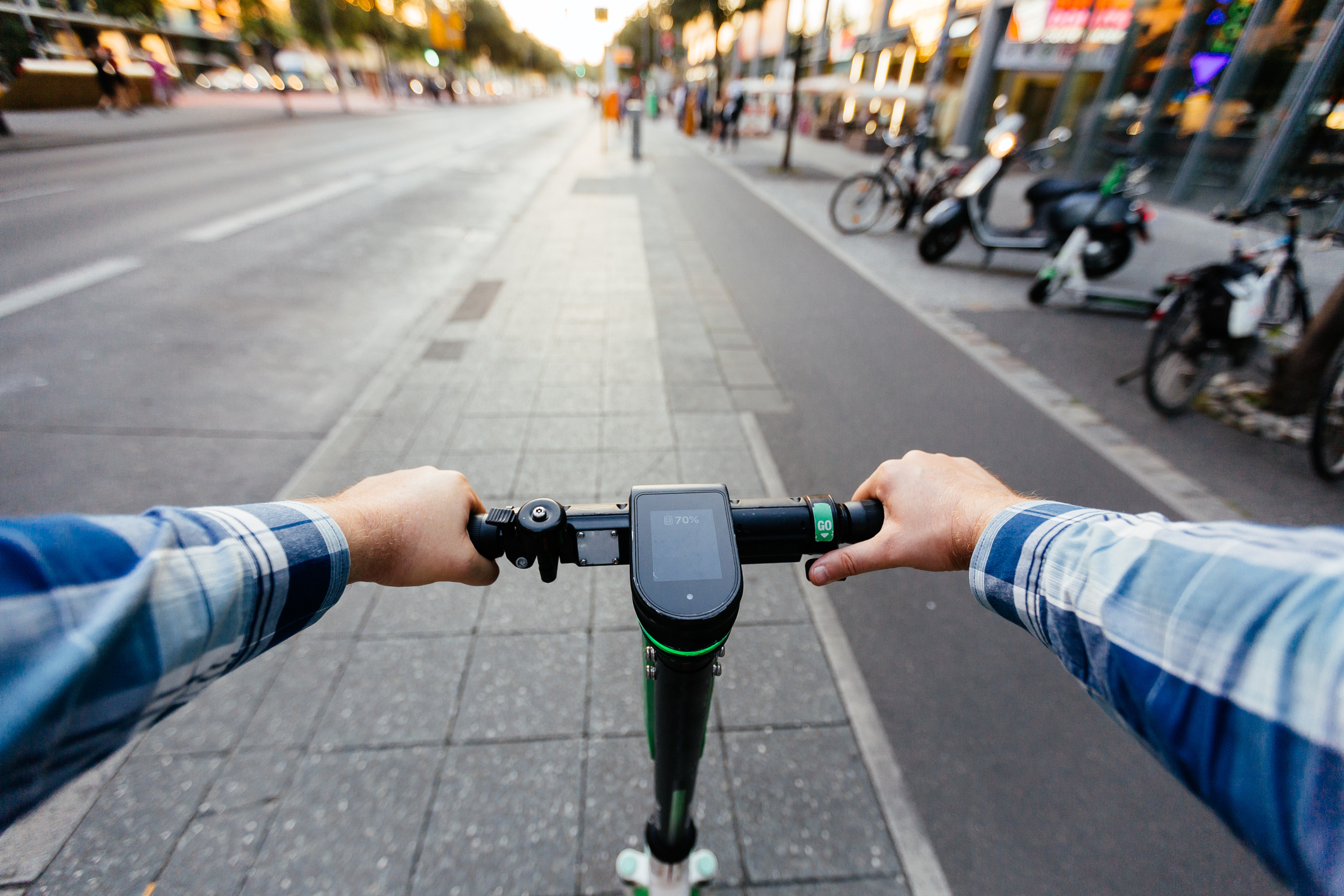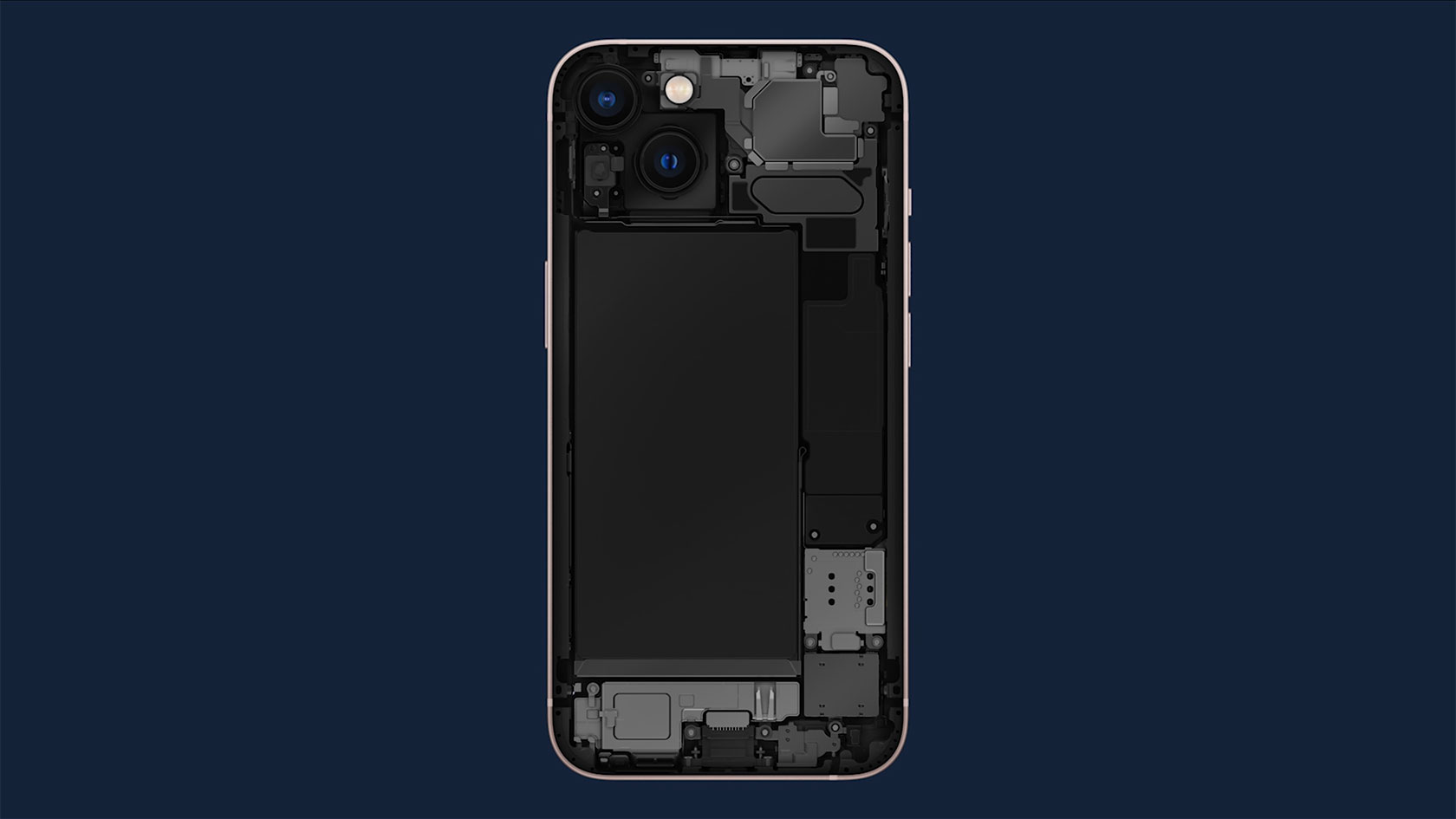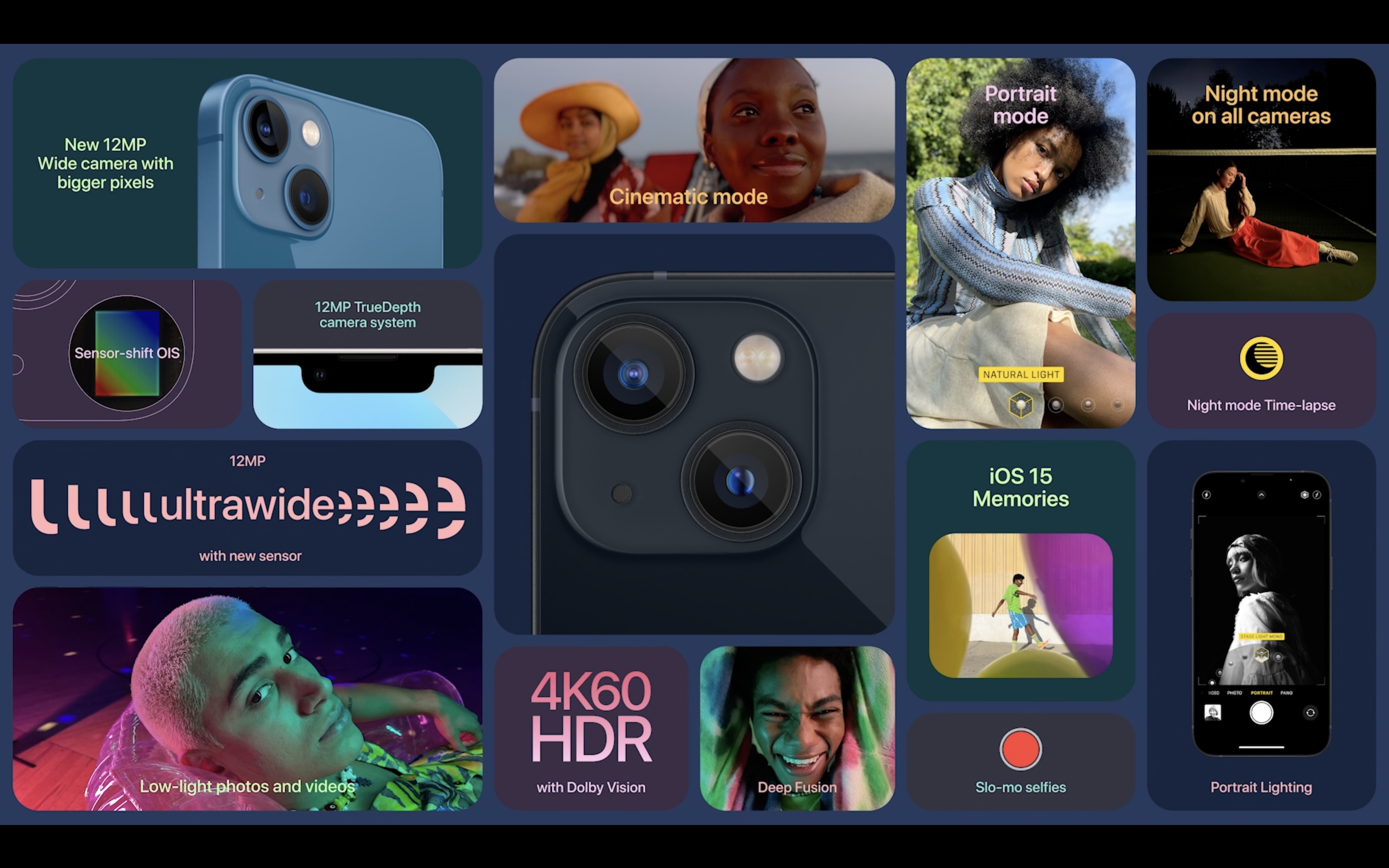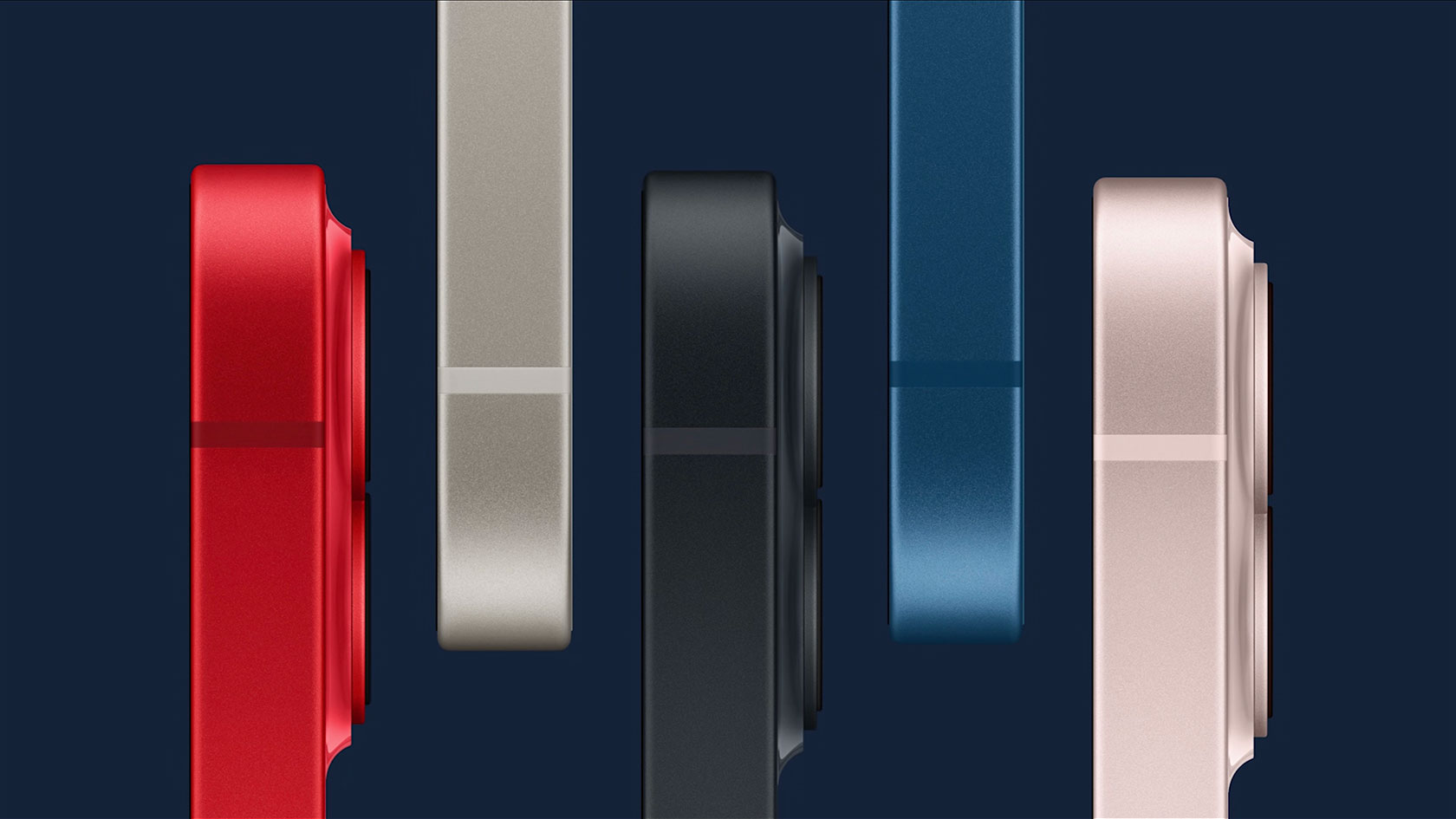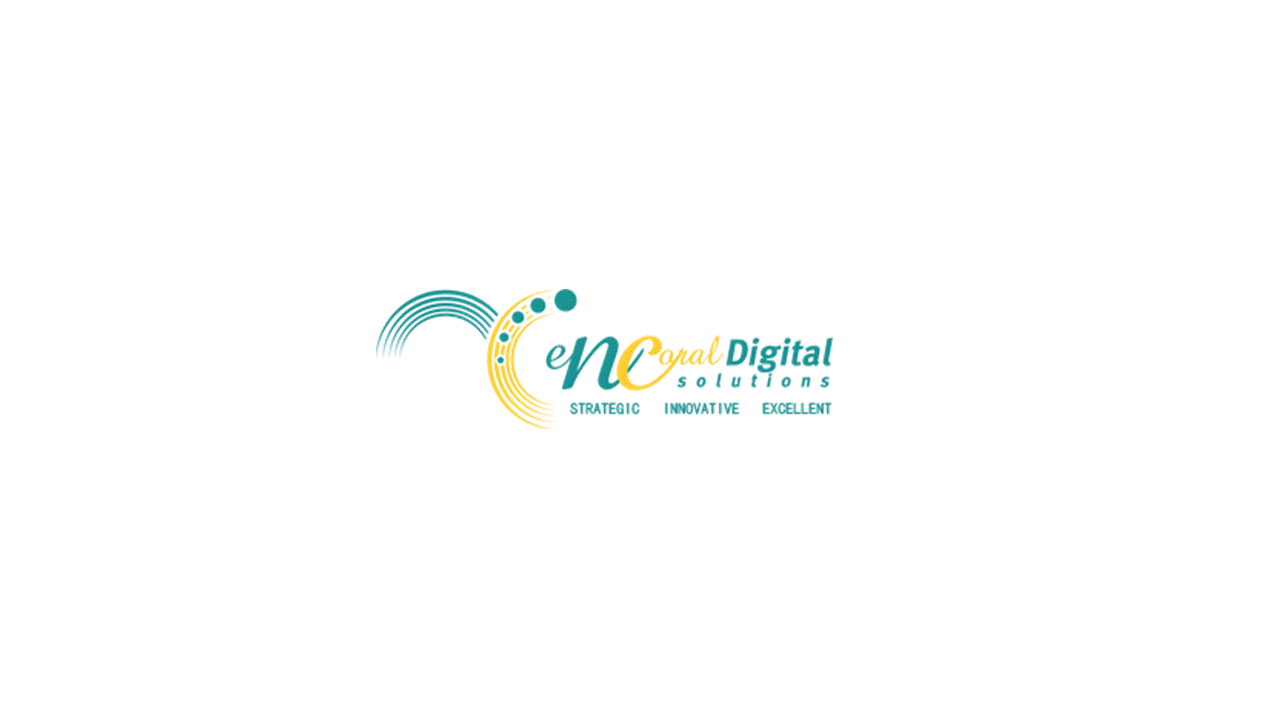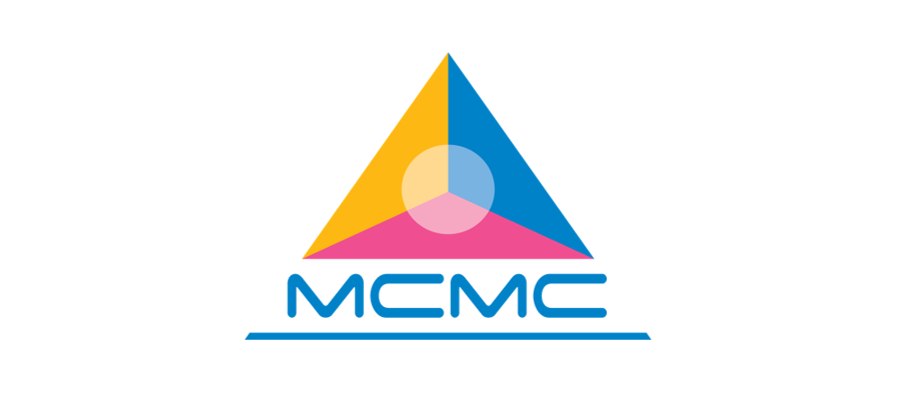News: Canva raises $200 million at a $40 billion valuation
Canva is now valued at $40 billion following a fresh capital injection of $200 million (USD) in a round led by T. Rowe Price. New and existing investors participated in the round, including Franklin Templeton, Sequoia Capital Global Equities, Bessemer Venture Partners, Greenoaks Capital, Dragoneer Investments, Blackbird, Felicis and AirTree Ventures. This round solidifies Canva
Canva is now valued at $40 billion following a fresh capital injection of $200 million (USD) in a round led by T. Rowe Price. New and existing investors participated in the round, including Franklin Templeton, Sequoia Capital Global Equities, Bessemer Venture Partners, Greenoaks Capital, Dragoneer Investments, Blackbird, Felicis and AirTree Ventures.
This round solidifies Canva as one of the most valuable private software companies out there, and it also propels the Australian tech scene forward.
Cofounder and CEO Melanie Perkins and her team started working on Canva in 2012, and launched the product in 2013. The premise behind it was relatively simple, but the technology itself… not so much.
Canva allows anyone to design. Presentations, t-shirts, brochures, flyers… you name it. The first step in this is creating a truly simple user interface, where folks can simply drag and drop components into their designs, complete with hundreds of thousands of templates, without doing a lot of fine tuning. The second step is creating a massive library of content, from fonts to templates to imagery, gifs and videos. The third step is to make that product accessible to everyone, whether it’s a platform or device or language or price.
Going after everyone, instead of just designers, has proved incredibly fruitful for the company. To be clear, designers still use Canva to layout components they’ve designed in other products, such as Figma and Sketch, and Canva actually plays nicely with a variety of design software products. But Canva has no intention of going head to head with Figma, Adobe or Sketch.
Perkins described it with the example of a business card. Designers will create the components of a business card in their design platform of choice, and then layout the template for business cards in Canva, sharing that template with the entire organization. That way, when someone gets a title change or a new employee comes on, they can actually edit the card themselves without the help of a designer and send it to print.
TechCrunch asked Perkins why Canva hasn’t extended the platform more aggressively into the workflow of professional designers.
“We would like to replace PDF,” said Perkins. “Rather than people sending PDFs backwards and forwards between the designer and the client, designers can just create a template for organization use. It’s less important for us to absolutely excel at things like vector design because there are amazing programs on the market that may be there. We really want to focus on that collaboration piece.”
Though a bottoms-up enterprise strategy is relatively popular these days, Canva was an early master of the model. Canva launched as a free product, and over time the company introduced enterprise layers into the mix.
As of now, Canva has more than 60 million monthly active users across 190 countries, with big name companies on the enterprise plan. This includes Salesforce, Marriott International, PayPal and American Airlines. Canva expects to exceed $1 billion in annualized revenue by the end of 2021. More than 500,000 teams are paying for the product in some capacity.
With a 2,000-person team, Canva will use the fresh funding to double its workforce in the next year.
Canva also shared its DEI numbers, with females representing 42 percent of the workforce. The company did not share any stats around people of color on the team.
Perkins explained to TechCrunch that a huge part of the company’s growth has to do with an obsession over creating a highly valuable free product.
“We intentionally make our free product extremely generous for a number of reasons,” said Perkins. “It’s critical both for our marketing and towards our mission of empowering people to design. But, as part of our marketing, it means that people are able to love the product, share it with their friends and family, and promote it on social media. And then that virality really rapidly fuels our growth.”
Alongside growing the team, Canva also has plans to further build out the product in the next year, launching website design soon. This will allow users to turn existing and new presentations and designs into a website, and even search for and buy a domain for that site.
Canva is also working on a new video editor and an offline mode.
Perkins says that Canva has two goals, and that each fuels the other. The first is to become one of the world’s most valuable companies, and the other is to do the most good that it can do.
The company has already joined the 1 percent pledge and has several efforts around being a force for good, including giving the premium product to more than 130,000 non-profits, allocating more than 45,000 volunteering hours each year, and launching Print One, Plant One, which is a project that plants a tree for every single print order placed through Canva.
With today’s funding announcement, cofounders Perkins and Cliff Obrecht are committing the vast majority of their own equity in the company (around 30 percent) to doing good in the world, with plans to do this through the Canva Foundation.
Perkins will be joining us at Disrupt to talk about the new funding, valuation, what’s in store for Canva, and share her broader thoughts on design as a category.

